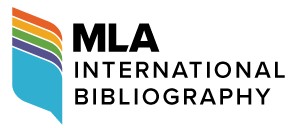Abstract
In the Ming dynasty, the Ministry of Rites established three key regulations governing the literary style of the eight-legged essay. First, the essay was required to adhere to the doctrines of Cheng Yi (10331107) and Zhu Xi (11301200). Second, its tone had to imitate that of a sage. Third, it was to adopt a form of parallelism or dual structure. These requirements, through prescriptive, remained relatively flexible. From the second year of the Shunzhi reign to the nineteenth year of the Qianlong reign, the Qing government successively introduced a series of prohibitions: “Do not write ideas other than Confucian ones,” “Abolish lengthy concluding remarks,” and “Do not cite events or books after the Warring States period.” These restrictions curtailed the space available for personal expression in the eight-legged essay and discouraged students from reading works beyond the Warring States period. Consistent with the authoritarian political culture of the early Qing, such prohibitions ultimately transformed the eight-legged essay into a rigid genre that constrained both thought and emotion.
Keywords
revision of the Imperial Examination Regulations, prohibition, the eight-legged essay
First Page
146
Last Page
154
Recommended Citation
Chen, Weizhao. 2025. "On the Relationship between the Revision of Imperial Examination Regulations in the Qing Dynasty and the Development of the Eight-Legged Essa." Theoretical Studies in Literature and Art 45, (4): pp.146-154. https://tsla.researchcommons.org/journal/vol45/iss4/14


